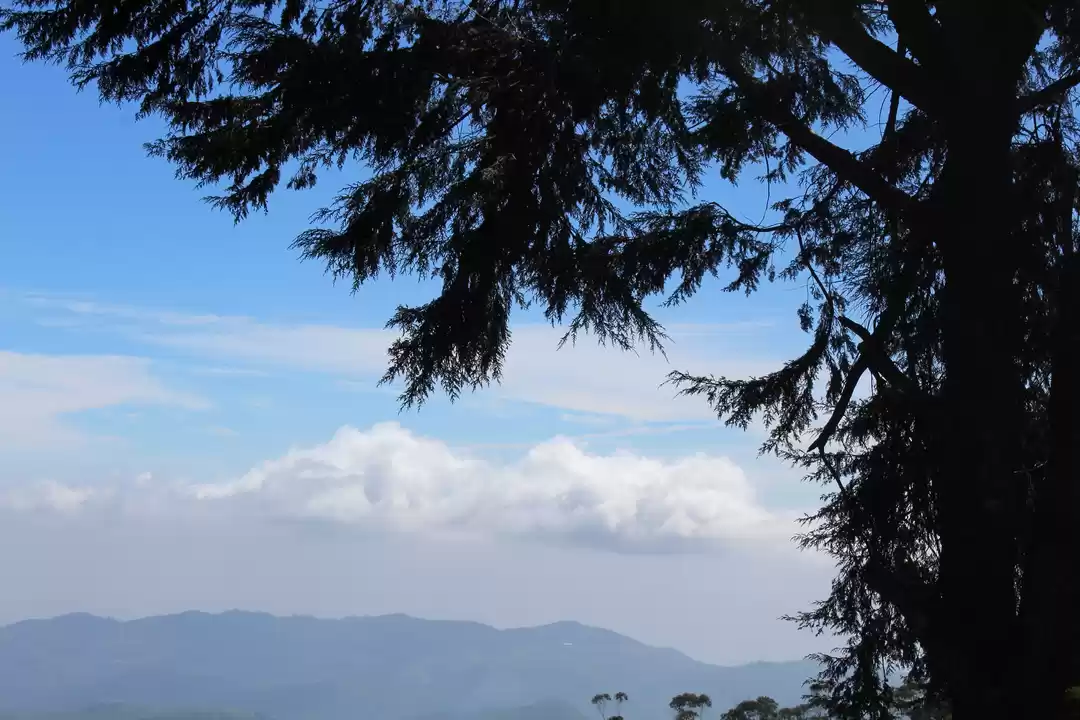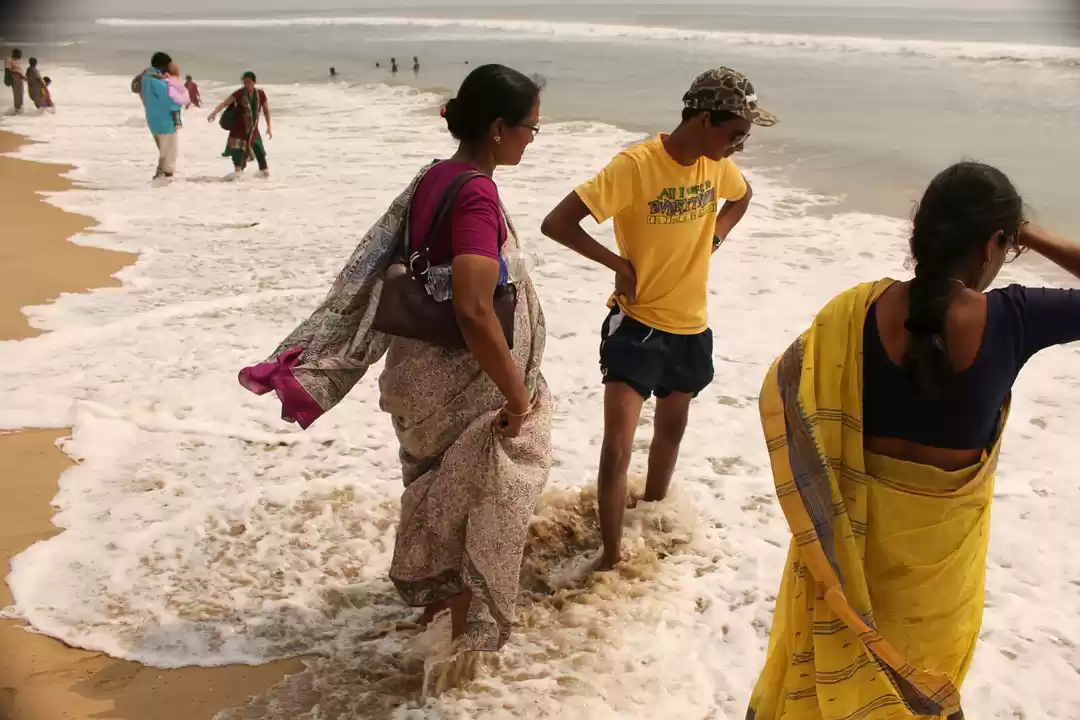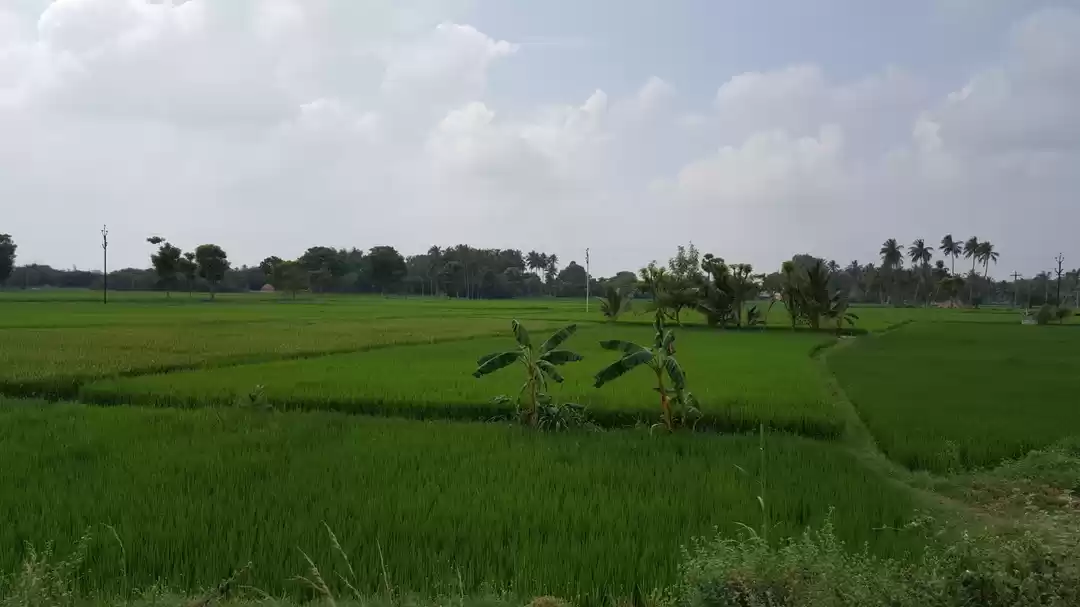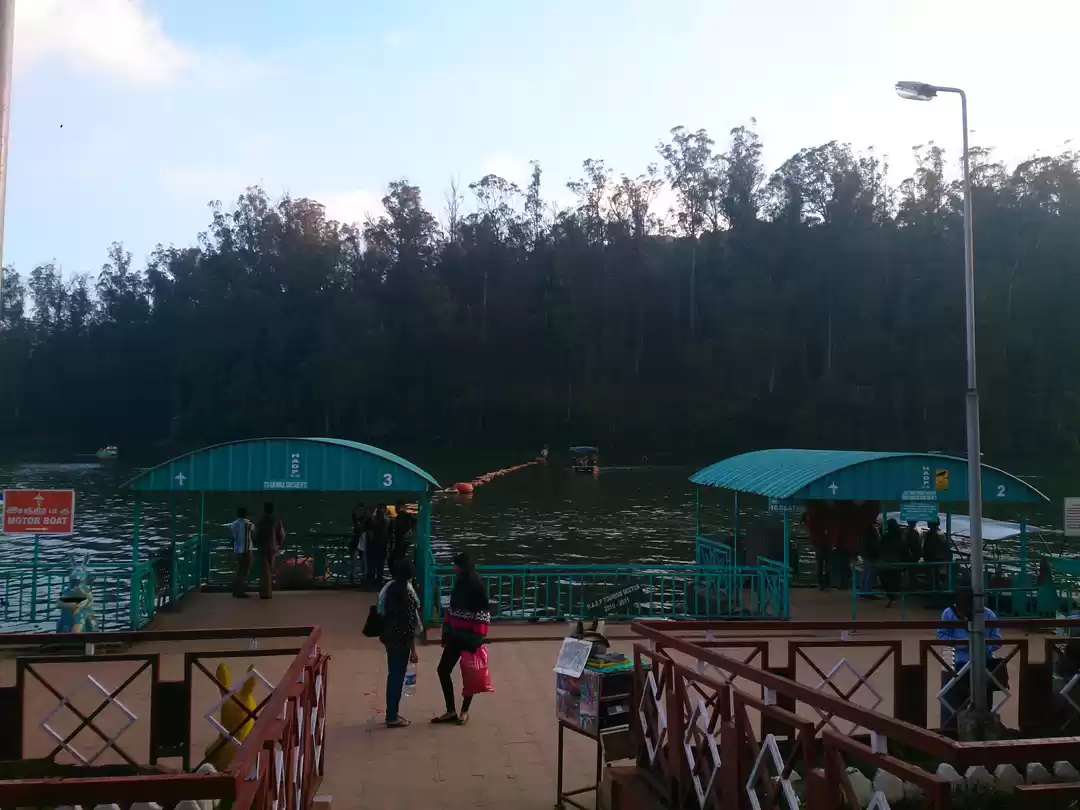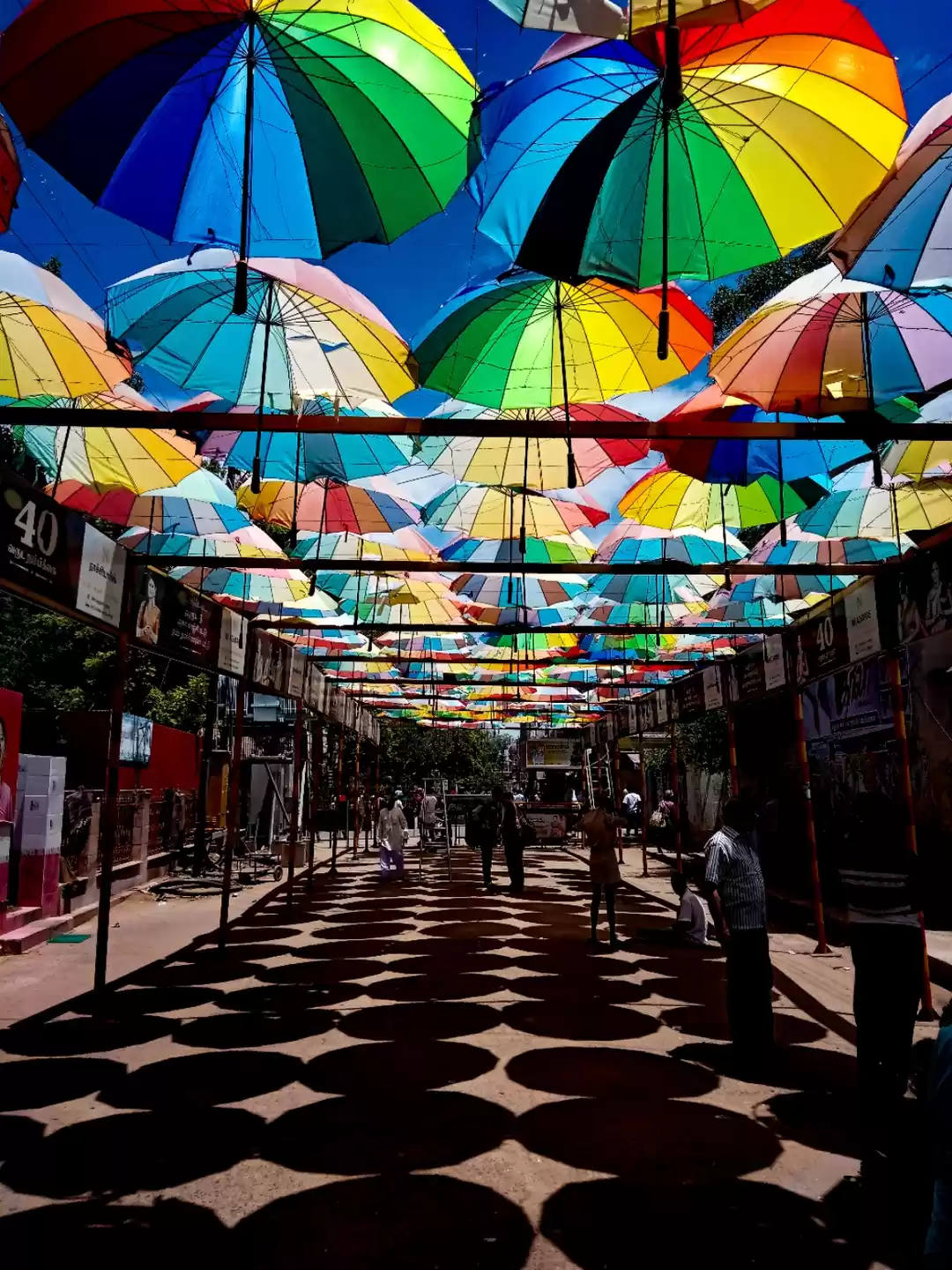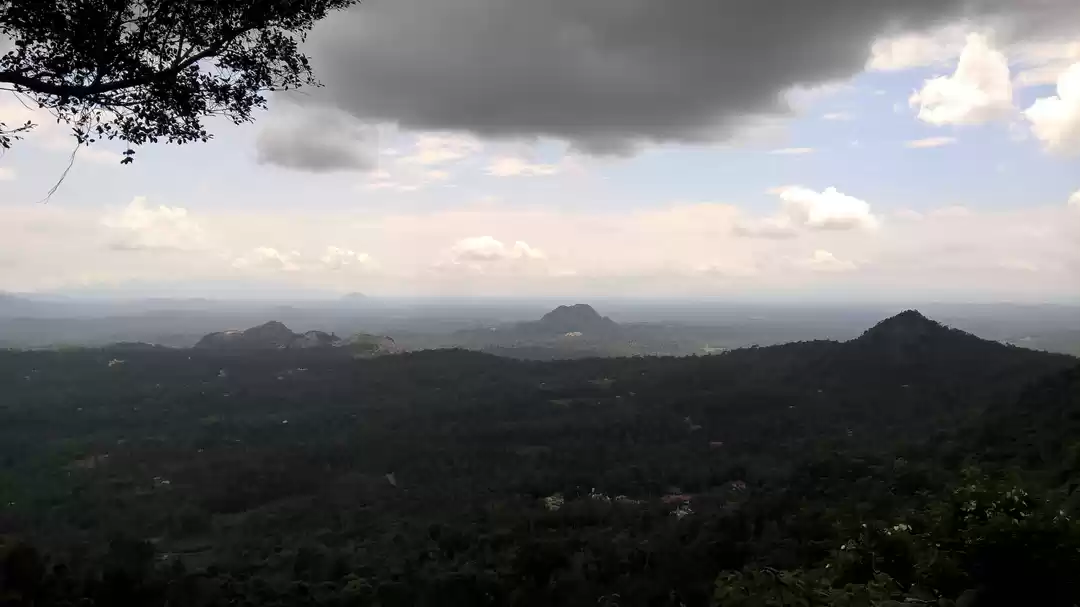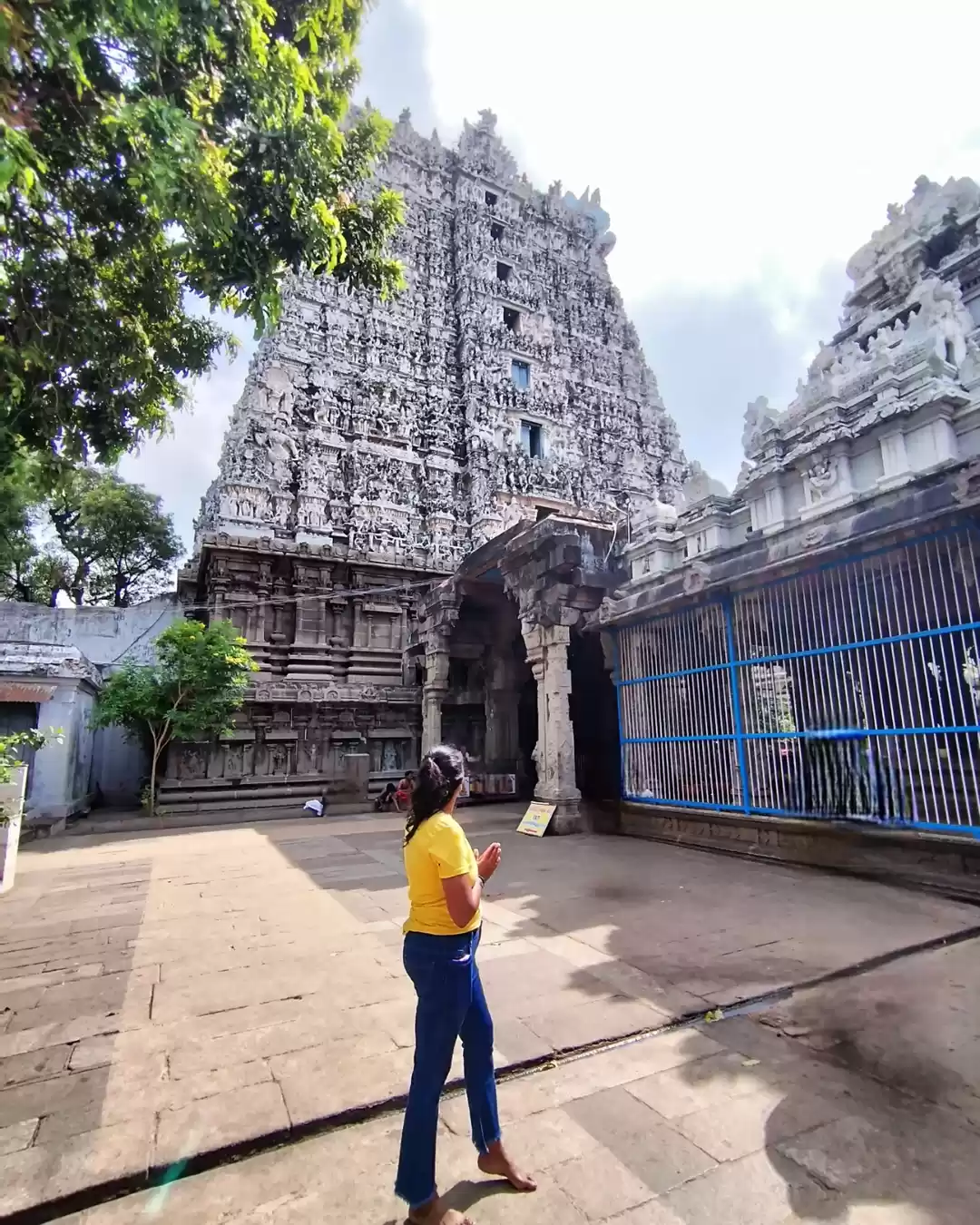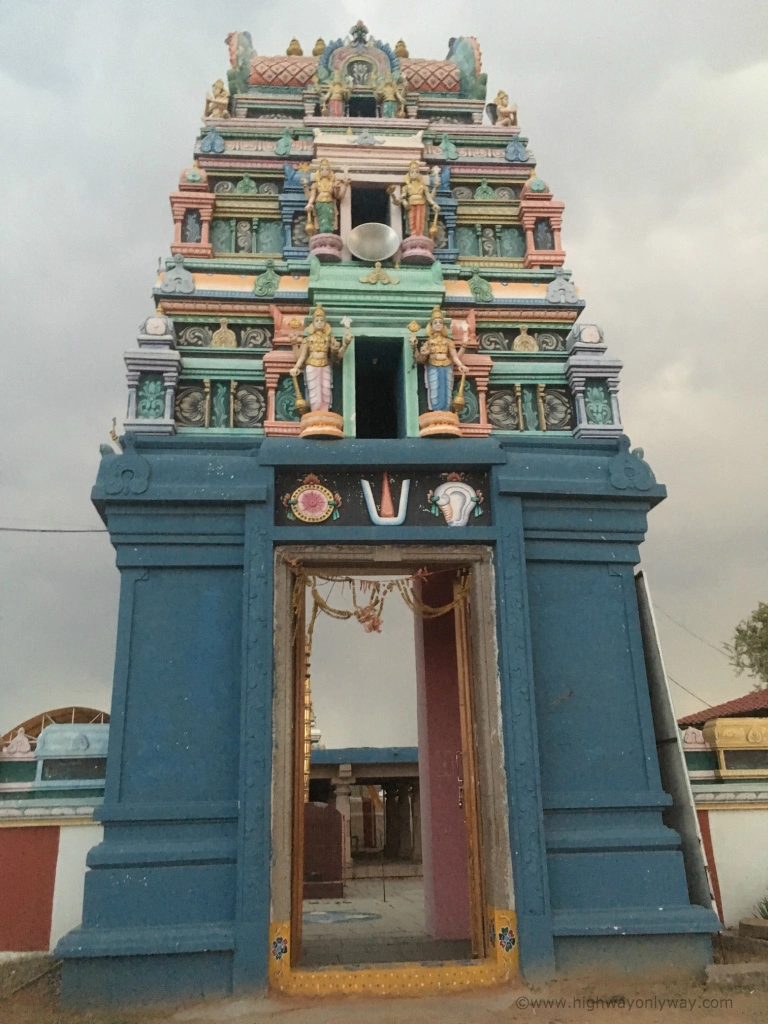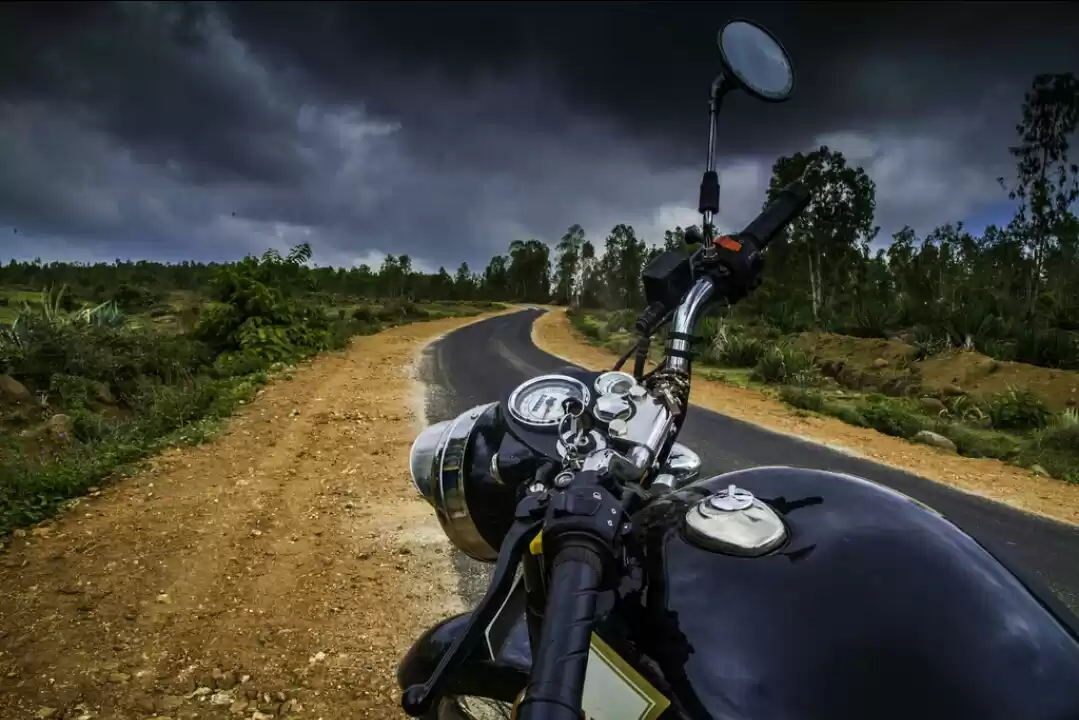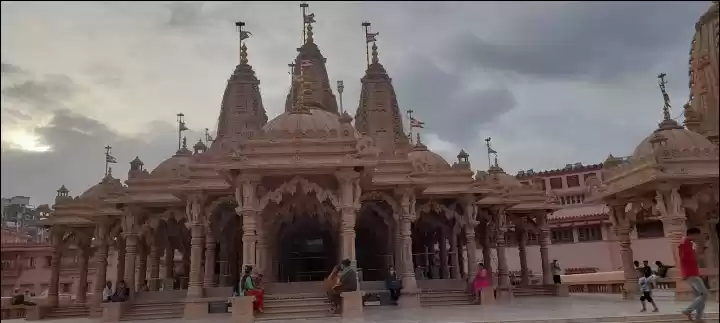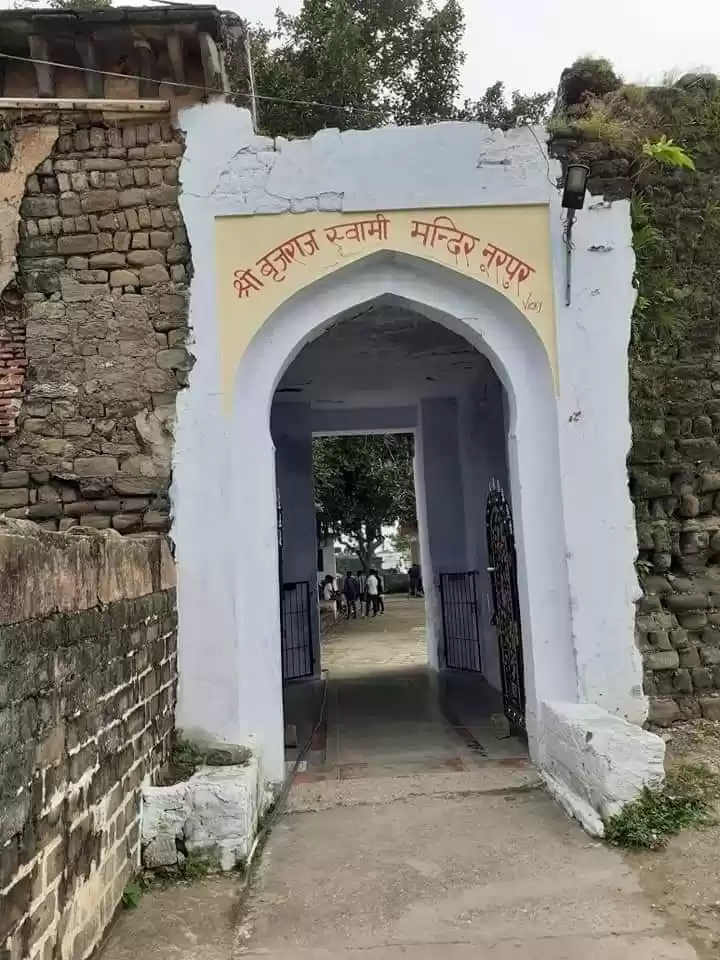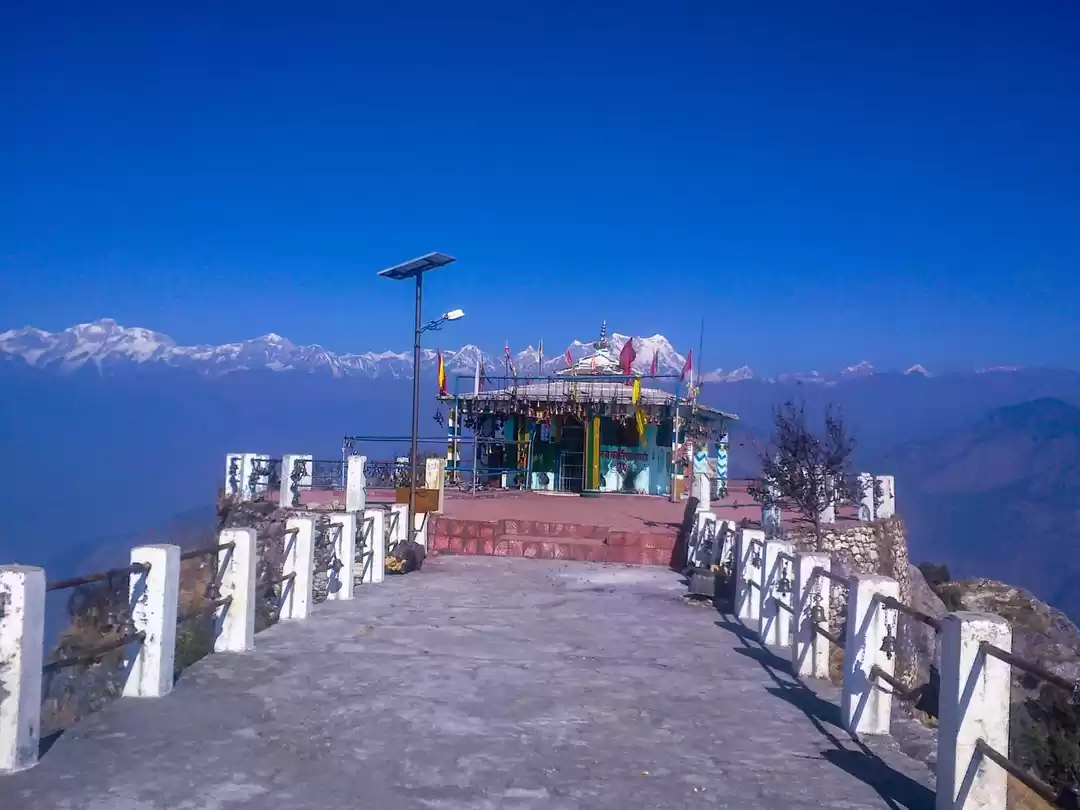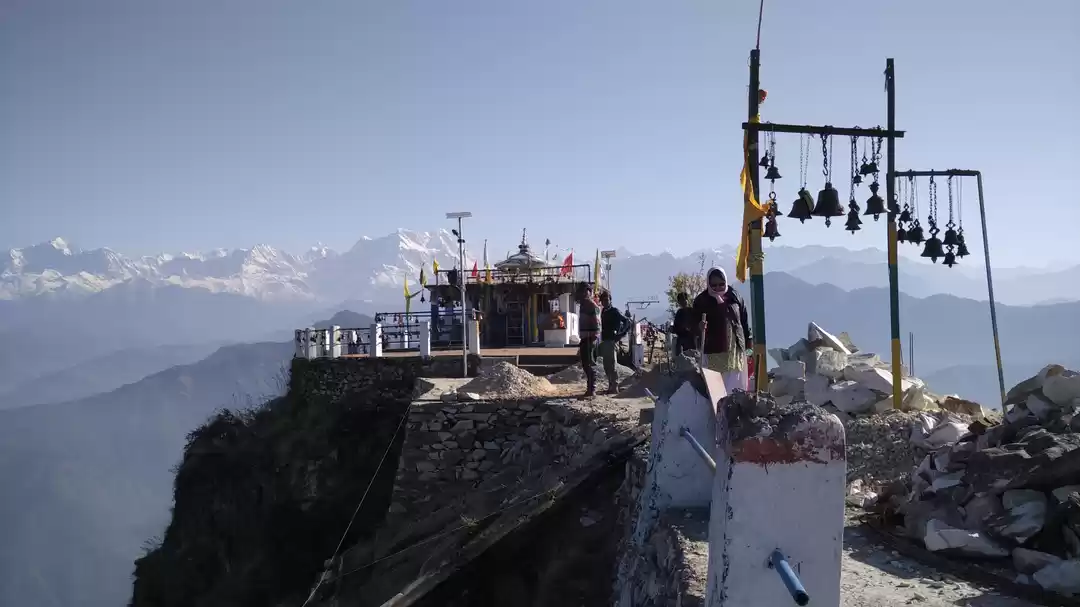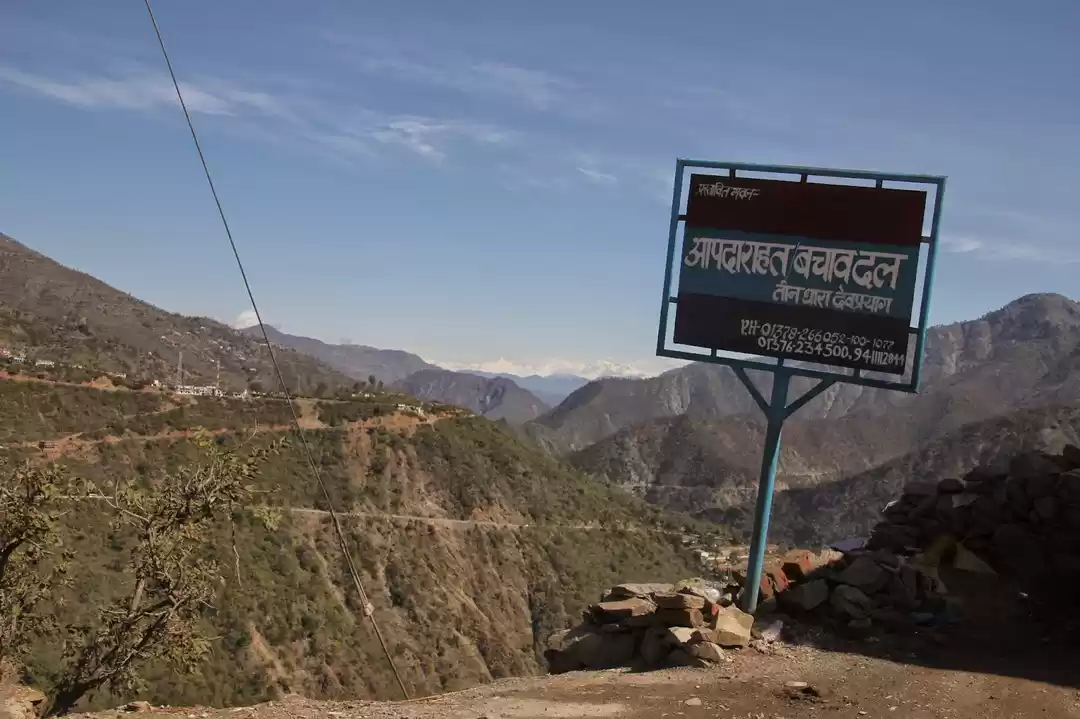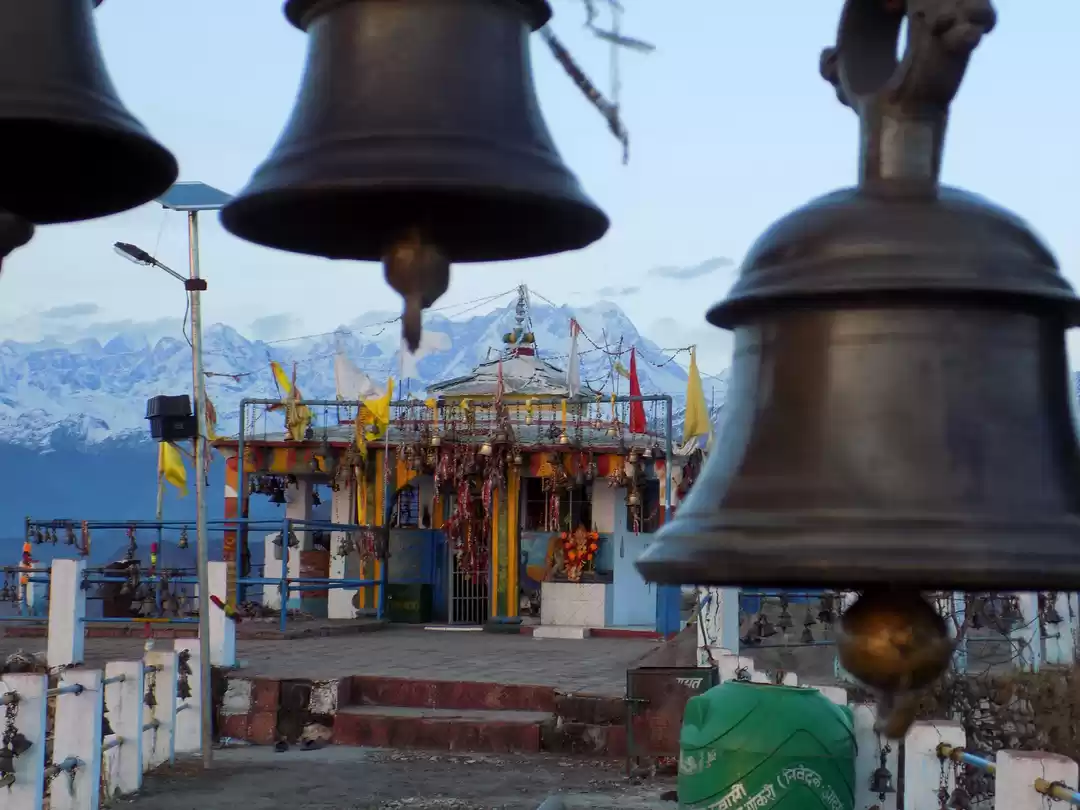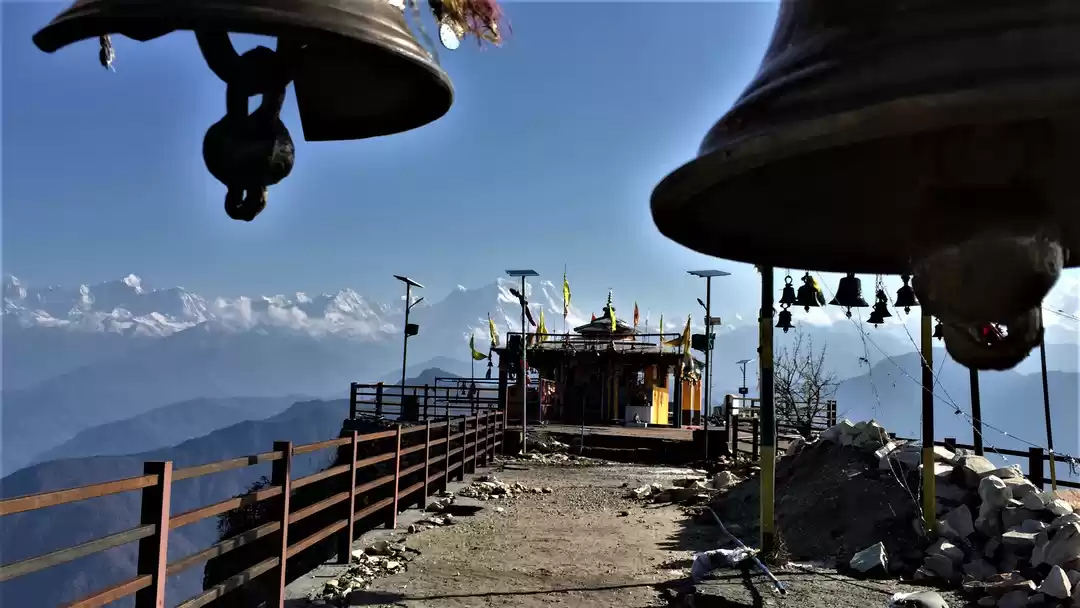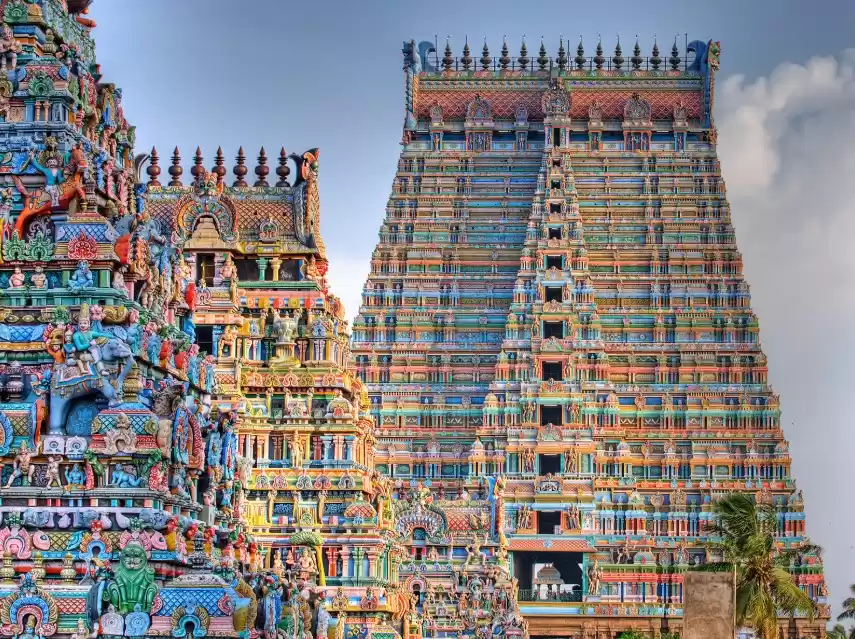Have you ever wondered what it would be like to visit a temple that dates back to the time of the Mahabharata? A temple that has witnessed the rise and fall of several dynasties and empires, and still stands as a testimony to the faith and devotion of the people? A temple that is dedicated to Lord Krishna, the supreme personality of Godhead, and his various forms and manifestations? If you are looking for such a temple, then you should definitely visit the Venugopala Swamy Temple in Krishnagiri, Tamil Nadu.
The Venugopala Swamy Temple is one of the oldest and most revered temples in Krishnagiri, a district in the state of Tamil Nadu, India. The temple is located on the banks of the Ponnaiyar River, and is surrounded by lush greenery and scenic hills. The temple is also known as the Krishna Temple, as it is dedicated to Lord Krishna, the eighth incarnation of Lord Vishnu, the preserver of the universe. The temple is famous for its exquisite architecture, rich history, spiritual significance, and vibrant rituals and festivals.
In this article, we will explore the various aspects of the Venugopala Swamy Temple, and provide you with all the information you need to plan your visit. Whether you are a devotee, a history buff, or a nature lover, you will find something to interest and inspire you at this temple. So, let’s get started!
History of the Temple
The Venugopala Swamy Temple has a long and fascinating history, dating back to the time of the Mahabharata, the epic war between the Pandavas and the Kauravas. According to legend, the temple was built by Arjuna, the third of the five Pandava brothers, and the greatest archer of his time. Arjuna was a devotee of Lord Krishna, who was his friend, guide, and charioteer during the war. After the war, Arjuna wanted to express his gratitude and devotion to Lord Krishna, and decided to build a temple in his honor. He chose a spot near the Ponnaiyar River, where he had performed a penance and received a boon from Lord Shiva, the destroyer of the universe. He installed an idol of Lord Krishna playing the flute, and named it Venugopala, which means “the cowherd with the flute”.

The temple was later renovated and expanded by various kings and rulers who ruled over the region, such as the Cholas, the Hoysalas, the Vijayanagara Empire, the Nawabs of Arcot, and the British. The temple also witnessed several invasions and attacks by foreign invaders, such as the Delhi Sultanate, the Bahmani Sultanate, and the Mysore Kingdom. The temple was damaged and looted several times, but was always restored and protected by the local people and the devotees. The temple is now under the administration of the Hindu Religious and Charitable Endowments Department of the Government of Tamil Nadu.
The temple is not only a place of worship, but also a place of culture and learning. The temple has been a center of Bhakti movement, a religious and social reform movement that emphasized the love and devotion to God, and the equality and dignity of all beings. The temple has also been a patron of Carnatic music, a classical music tradition of South India, and has hosted several eminent musicians and composers, such as Tyagaraja, Muthuswami Dikshitar, and Syama Sastri. The temple has also been a source of inspiration for many poets and writers, such as Subramania Bharati, Kalki Krishnamurthy, and R. K. Narayan.
Architecture of the Temple
The Venugopala Swamy Temple is a marvel of architecture, showcasing the skills and craftsmanship of the various dynasties and periods that contributed to its construction and renovation. The temple has a typical Dravidian style of architecture, characterized by a gopuram, a pyramidal tower that marks the entrance of the temple, a mandapam, a pillared hall that leads to the main shrine, a sanctum, a chamber that houses the main deity, and a vimana, a tower that rises above the sanctum.
The temple has three gopurams, one on the east, one on the west, and one on the south. The east gopuram is the main entrance, and is the tallest and the most ornate of the three. The gopuram has nine tiers, and is decorated with intricate carvings and sculptures of gods, goddesses, animals, and mythical creatures. The gopuram also has a kalasam, a pot-like structure that crowns the top of the tower, and is believed to contain sacred water and grains.
The temple has four mandapams, one on each side of the sanctum. The mandapams are supported by pillars that have beautiful carvings and paintings of various scenes from the Hindu scriptures, such as the Ramayana, the Mahabharata, and the Bhagavata Purana. The mandapams also have niches that contain idols of various deities, such as Lord Shiva, Lord Ganesha, Lord Murugan, and Goddess Lakshmi.
The sanctum of the temple is the most sacred and the most important part of the temple. It houses the main deity, Venugopala Swamy, who is depicted as Lord Krishna playing the flute, with his consort Rukmini on his right, and his other consort Satyabhama on his left. The idol is made of black stone, and is adorned with jewels and flowers. The idol is also surrounded by other idols of Lord Krishna’s various forms and manifestations, such as Bala Krishna, Ranganatha, Jagannatha, and Navaneetha Krishna. The sanctum also has a vimana, which is a five-tiered tower that has carvings and paintings of various celestial beings, such as apsaras, gandharvas, and vidyadharas.
The temple also has other features and elements that add to its beauty and charm, such as a prakara, a wall that encloses the temple complex, a dwajasthamba, a flagstaff that bears the temple’s flag, a nandi, a bull that is the vehicle of Lord Shiva, a bali peetha, a platform where offerings are made to the deities, a kalyana mandapam, a hall where the divine marriage of the deities is celebrated, a vahana mandapam, a hall where the deities are mounted on various vehicles during processions, a pushkarini, a sacred tank where devotees take a dip before entering the temple, and a garden, where various flowers and plants are grown for the temple’s use.
Significance and Rituals of the Temple
The Venugopala Swamy Temple is not only a place of architectural beauty, but also a place of spiritual significance and bliss. The temple is considered to be one of the 108 Divya Desams, the holy abodes of Lord Vishnu, as mentioned in the Divya Prabandham, a collection of hymns composed by the Alwars, the 12 saint-poets of Tamil Nadu. The temple is also one of the Pancha Krishna Kshetras, the five temples dedicated to Lord Krishna, along with Udupi, Dwaraka, Guruvayur, and Puri.

The temple is also known for its various rituals and festivals that are performed and celebrated throughout the year, with great devotion and enthusiasm. The temple follows the Vaishnava Agama tradition, a set of rules and guidelines for the worship and service of Lord Vishnu and his avatars. The temple has a team of priests and staff who conduct the daily, weekly, monthly, and annual rituals and ceremonies, such as the nitya aradhana, the daily worship, the ekadashi, the eleventh day of the lunar cycle, the pradosha, the thirteenth day of the lunar cycle, the amavasya, the new moon day, the pournami, the full moon day, the masa pirappu, the first day of the solar month, the uttarayana, the northward movement of the sun, and the dakshinayana, the southward movement of the sun.
The temple also celebrates various festivals that mark the important occasions and events in the life of Lord Krishna and his devotees, such as the brahmotsavam, the grand festival that lasts for 10 days and culminates with the rathotsavam, the chariot festival, the janmashtami, the birthday of Lord Krishna, the vaikunta ekadashi, the day when Lord Vishnu opens the gates of his abode, the vaikunta, the gokulashtami, the day when Lord Krishna lifted the govardhana hill to protect his devotees from the wrath of Lord Indra, the navaratri, the nine-day festival of Goddess Durga, the deepavali, the festival of lights, the margazhi, the month of music and devotion, and the panguni uthiram, the day of the divine marriage of Lord Shiva and Goddess Parvati.
The temple also offers various services and facilities for the devotees and visitors, such as the prasadam, the food that is offered to the deity and distributed to the devotees, the annadhanam, the free meal service that is provided to the needy and the pilgrims, the archana, the chanting of the names and attributes of the deity, the abhishekam, the bathing of the deity with water, milk, honey, etc., the alankaram, the decoration of the deity with clothes, jewels, flowers, etc., the aarti, the waving of lamps and camphor before the deity, the deepa aradhana, the lighting of lamps around the temple, and the kalyana utsavam, the celebration of the marriage of the deity with his consort.
Location and Facilities of the Temple
The Venugopala Swamy Temple is located in the town of Krishnagiri, which is the headquarters of the Krishnagiri district in Tamil Nadu. The temple is situated on the Krishnagiri-Kuppam Road, near the Krishnagiri Bus Stand and the Krishnagiri Railway Station. The temple is easily accessible by various modes of transport, such as buses, trains, taxis, and autos.
The temple is also close to several accommodation options, such as hotels, guest houses, lodges, and ashrams, that cater to different budgets and preferences. Some of the popular accommodation options near the temple are:
Hotel Velan International: A three-star hotel that offers comfortable rooms, a restaurant, a bar, a banquet hall, and a conference hall. The hotel is located at a distance of 1 km from the temple, and charges around Rs. 2000 per night for a double room.
Hotel Tamilnadu: A government-run hotel that offers basic rooms, a restaurant, a garden, and a parking facility. The hotel is located at a distance of 2 km from the temple, and charges around Rs. 1000 per night for a double room.
Sri Venugopala Swamy Temple Guest House: A guest house that is run by the temple administration, and offers clean and spacious rooms, a dining hall, a kitchen, and a temple view. The guest house is located within the temple premises, and charges around Rs. 500 per night for a double room.
Sri Rama Nama Ashram: An ashram that offers simple and serene rooms, a meditation hall, a library, and a vegetarian food service. The ashram is located at a distance of 3 km from the temple, and charges around Rs. 300 per night for a double room.
Popular places to eat and shop near the temple
The temple is also surrounded by various facilities and amenities, such as restaurants, cafes, shops, markets, banks, ATMs, hospitals, pharmacies, etc. Some of the popular places to eat and shop near the temple are:

Sri Krishna Sweets: A sweet shop that offers a variety of traditional and modern sweets, such as laddu, mysore pak, halwa, jalebi, kaju katli, etc. The shop is located at a distance of 500 m from the temple, and charges around Rs. 100 per kg for the sweets.
Hotel Saravana Bhavan: A restaurant that offers a range of delicious and hygienic vegetarian dishes, such as idli, dosa, vada, sambar, chutney, rice, curry, etc. The restaurant is located at a distance of 1 km from the temple, and charges around Rs. 200 per person for a meal.
Krishnagiri Bazaar: A market that sells a variety of items, such as fruits, vegetables, flowers, grains, spices, clothes, jewelry, handicrafts, etc. The market is located at a distance of 2 km from the temple, and is open from 6 am to 9 pm every day.
Krishnagiri Fort: A historical and scenic attraction that is located on a hilltop, and offers a panoramic view of the town and the temple. The fort was built by the Krishna Raja Wodeyar II of the Mysore Kingdom in the 18th century, and is now a popular tourist spot. The fort is located at a distance of 3 km from the temple, and charges a nominal entry fee of Rs. 10 per person.
The Venugopala Swamy Temple is a must-visit destination for anyone who wants to experience the history, culture, and spirituality of Krishnagiri. The temple is a perfect blend of ancient and modern, and offers a lot of attractions and activities for the visitors. Whether you want to admire the architecture, learn about the legends, participate in the rituals, or enjoy the nature, you will find something to suit your taste and interest at this temple.
So, what are you waiting for? Book your tickets and pack your bags, and get ready to explore the Venugopala Swamy Temple, a historic and spiritual destination in Krishnagiri. You will surely have a memorable and enriching experience at this temple, and will return with a lot of blessings and memories.
Thank you for reading this article, and we hope you found it useful and informative. If you have any feedback or questions, please feel free to share them with us. We would love to hear from you. Have a great day!

